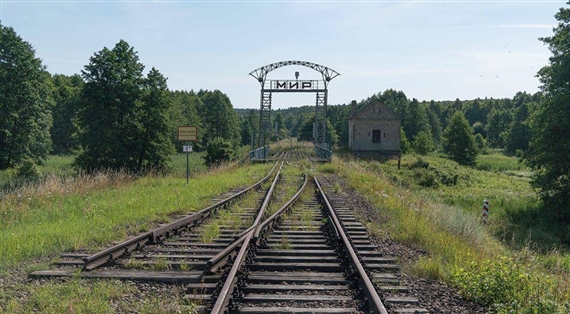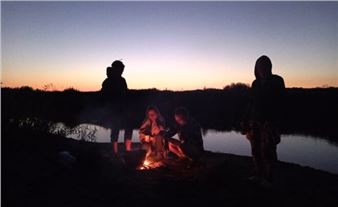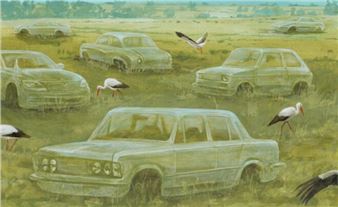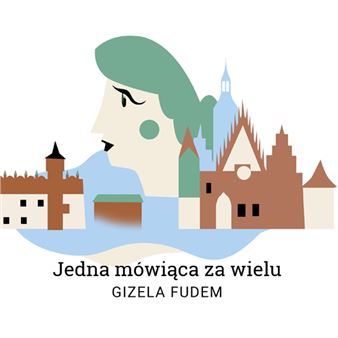Attention! Border (as part of the festiwal Rise of Eastern Culture / Another Dimension)
Witold Gombrowicz wrote in A Kind of Testament: “What is Poland? This is a country between the East and the West, where Europe starts to draw to an end, a border country where East and West soften each other”.
This transitionality is particularly strongly discernible in the eastern part of Poland where Białystok and Lublin are situated. The history of these cities was created by many nations, the traces of which can be found in their material fabric as well as in the awareness of today’s inhabitants. It is hard to call these cities “eastern” but undoubtedly they are not also “western”, even though they aspire to be such. Only 50 km to the east of Białystok there is a border with Bielarus and about 100 km from Lublin – a border with Ukraine. Up to 1991 it had been a border with one totalitarian state – USSR. After the collapse of the Soviet Union the border experienced the revival of contacts between the border countries, especially with regards to trade. It became decidedly less “tight” and more “permeable”. It was also a new chapter – stepping up relations between Poland and Poles with their eastern neighbours. It lasted barely several years. Poland’s accession to the European Union and the Schengen Area shortly thereafter opened our country to Western Europe, closing it off the East. Our eastern border has become an external border of the Community, which in consequence led to a necessity imposed by Brussels to strengthen it and implement many new restrictions for the border traffic. Most importantly, this has created a new iron curtain, a new wall dividing Europe into two parts. This division is equally artificial as the one from before 1991. However, the border is as real as it gets.

Recommended for you
Witold Gombrowicz wrote in A Kind of Testament: “What is Poland? This is a country between the East and the West, where Europe starts to draw to an end, a border country where East and West soften each other”.
This transitionality is particularly strongly discernible in the eastern part of Poland where Białystok and Lublin are situated. The history of these cities was created by many nations, the traces of which can be found in their material fabric as well as in the awareness of today’s inhabitants. It is hard to call these cities “eastern” but undoubtedly they are not also “western”, even though they aspire to be such. Only 50 km to the east of Białystok there is a border with Bielarus and about 100 km from Lublin – a border with Ukraine. Up to 1991 it had been a border with one totalitarian state – USSR. After the collapse of the Soviet Union the border experienced the revival of contacts between the border countries, especially with regards to trade. It became decidedly less “tight” and more “permeable”. It was also a new chapter – stepping up relations between Poland and Poles with their eastern neighbours. It lasted barely several years. Poland’s accession to the European Union and the Schengen Area shortly thereafter opened our country to Western Europe, closing it off the East. Our eastern border has become an external border of the Community, which in consequence led to a necessity imposed by Brussels to strengthen it and implement many new restrictions for the border traffic. Most importantly, this has created a new iron curtain, a new wall dividing Europe into two parts. This division is equally artificial as the one from before 1991. However, the border is as real as it gets.
Artists on show
- Anatoly Belov
- Anna Baumgart
- Anna Zvyagintseva
- Babi Badalov
- Dan Perjovschi
- David Chichkan
- Fatma Bucak
- Ghenadie Popescu
- Hubert Czerepok
- Jadwiga Sawicka
- Marina Naprushkina
- Miroslaw Balka
- Mykola Ridnyi
- Open Group
- Ovidiu Anton
- Pavel Braila
- Petr Pavlensky
- Piotr Wysocki
- Sabina Shikhlinskaya
- Société Réaliste
- Victoria Lomasko
- Vova Vorotniov
- Yevgenia Belorusets

 ARTISTS
ARTISTS
















